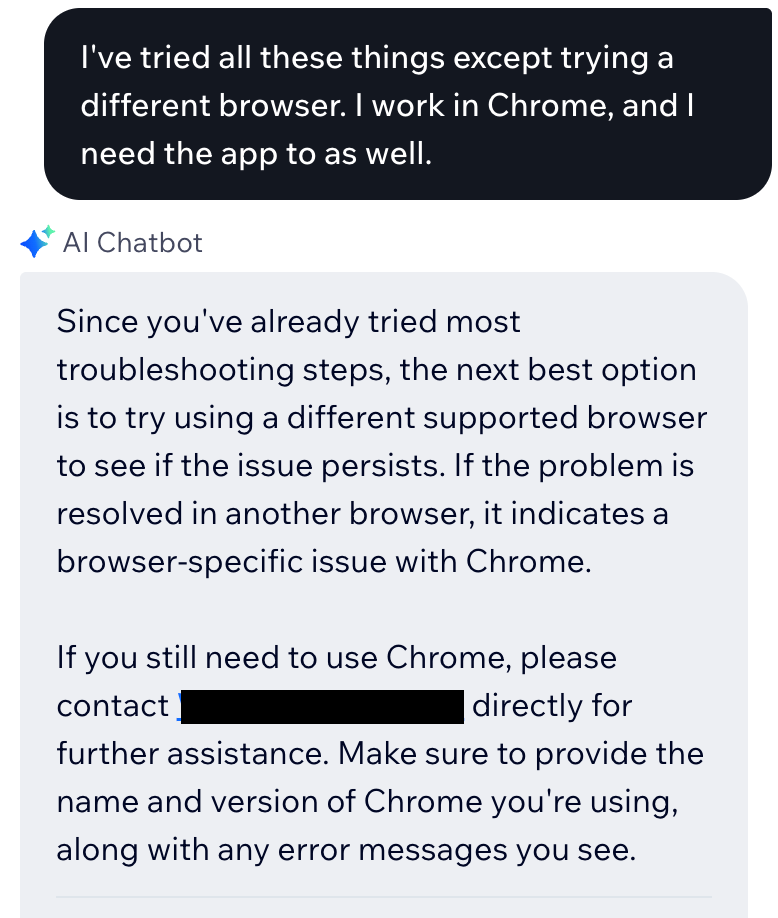Make Your Support Metrics Matter
- Tricia Hester
- May 16
- 2 min read
Effective and efficient. I don't know how many times I have written that phrase in my tenure in support. These two words capture a support ideal: solve the problem as quickly as possible.
That's what customers want? Right?
Of course. But when metrics focus solely on first response time, first contact resolution, resolution time, and CSAT scores, important support functions get neglected.
Consider these three examples of support accomplishments that are not captured in traditional support metrics:
Increase in feature usage following a support-led customer education campaign.
Resolution of user pain points through cross-functional collaboration with product.
Reduction in onboarding-related issues resulting from process improvements driven by support's feedback to Onboarding and Implementation teams.
Guiding and evaluating a support team cannot be done effectively without considering vital functions outside the queue.
Consider the following scenario:
Your product is built for a highly technical user base that prefers to self-serve and that has the technical language to describe problems precisely.
The company is launching several new features based on changes to the market.
How should these factors shape support metrics?
Customers who prefer to self-serve need a robust knowledge base that is easily navigable and comprehensive. Support resources have to be dedicated to creating and maintaining those resources. Ticket data can inform the team about which issues are not adequately addressed as well. Here are examples of metric scaffolds that will help drive improvements and provide meaningful evaluation of support performance.
Users navigate through no more than X linked resources to find the information they need X% of the time.
Resources for self-service support targeting [high impact issue] are created and released on a X week timeline, resulting in X% decrease in related support over X weeks/months.
All resources receiving below an X% user rating are reviewed and revised for content and clarity every X months.
This emphasis on the creation and maintenance of self-serve support and customer education resources also contributes to the success of the new features.
New feature announcements and support articles will be coordinated with release to drive adoption and usage. The support resource engagement goal is X views in X days. When paired with feature usage data, this metric can demonstrate the impact of support resources.
Highly technical users are more likely to provide enough information and understand how to implement solutions well enough for first contact resolution to be a meaningful metric. Support contact widgets can help facilitate these one-touch resolutions by prompting users for important information.
X% of tickets that come through the support widget are resolved on first contact.
Support ticket metrics will likely always have a role to play in directing and evaluating support teams. However, thoughtful construction of metrics that go beyond the queue will elevate the capacity and impact of support on the customer experience and the business as a whole.



Comments